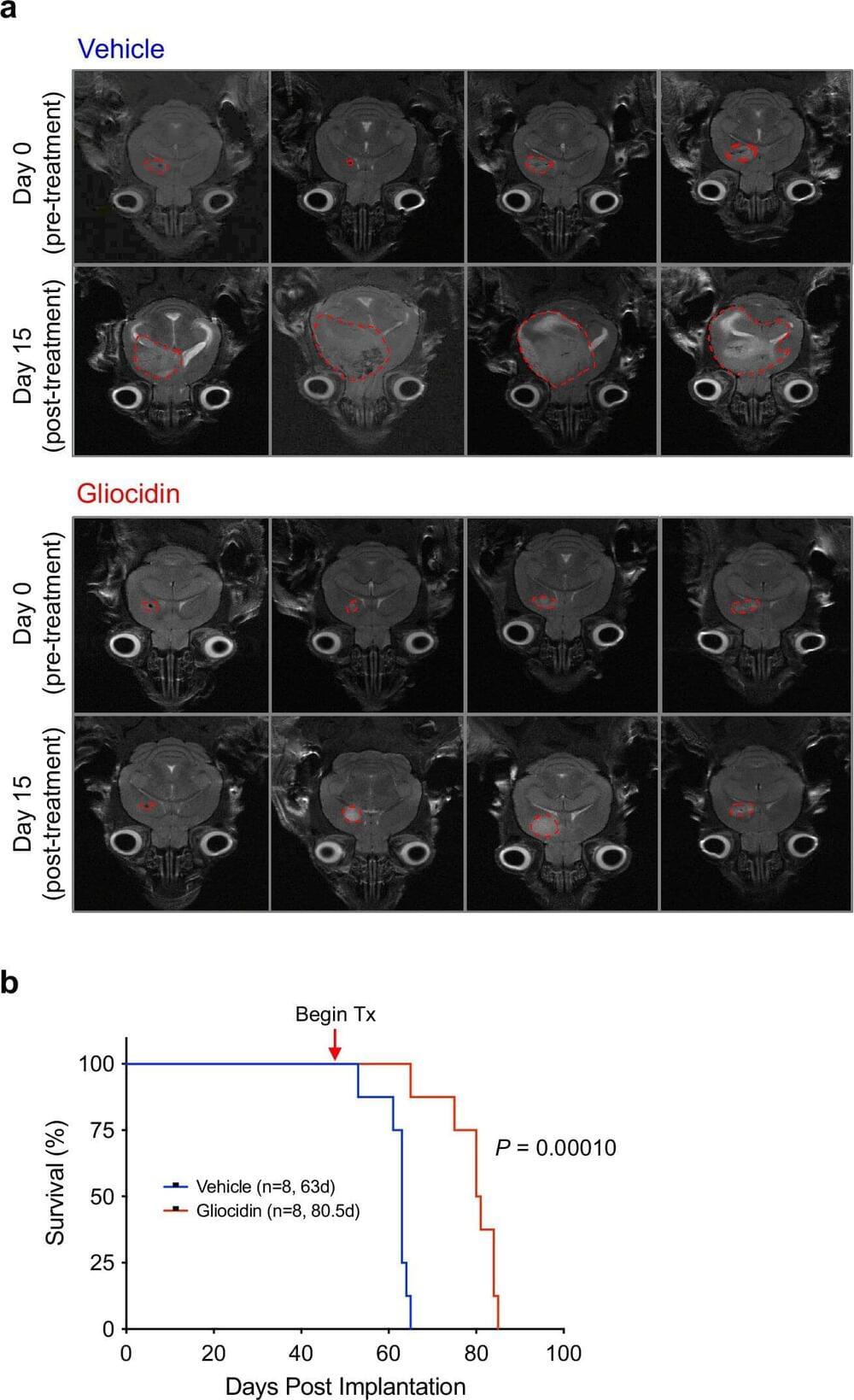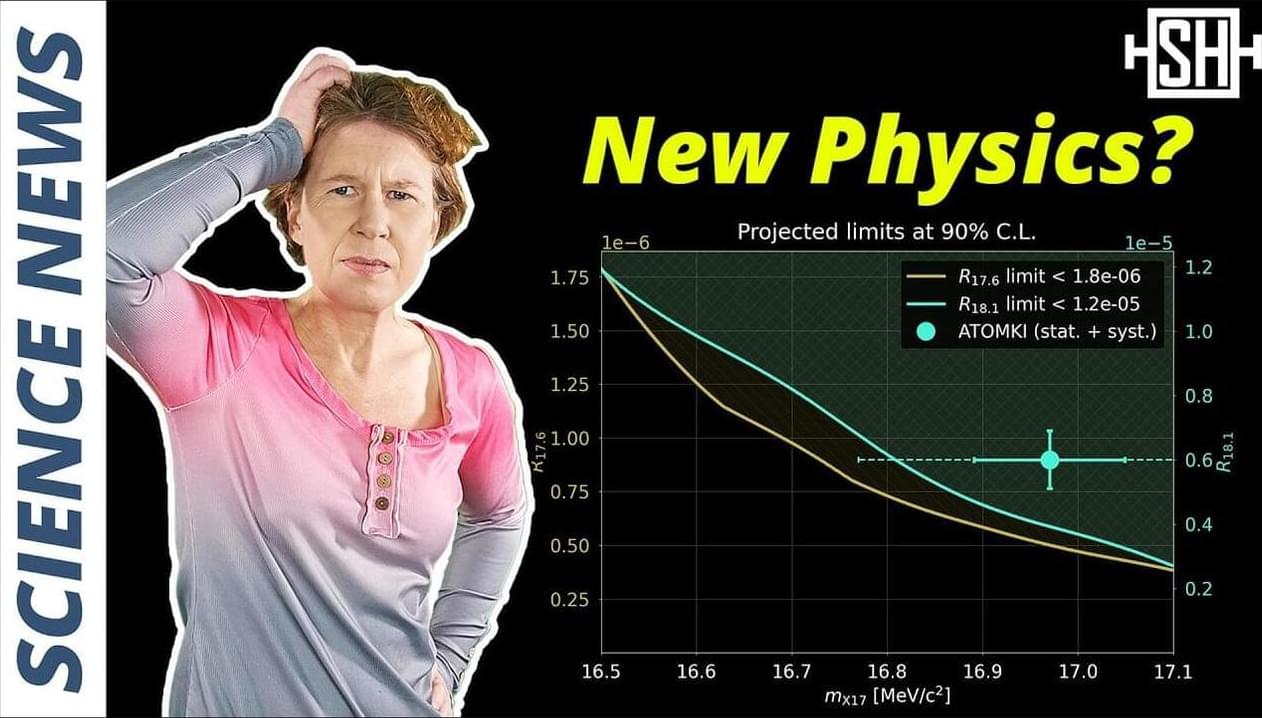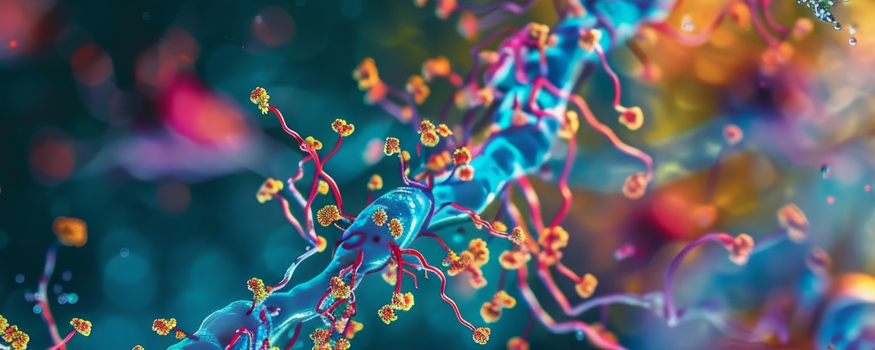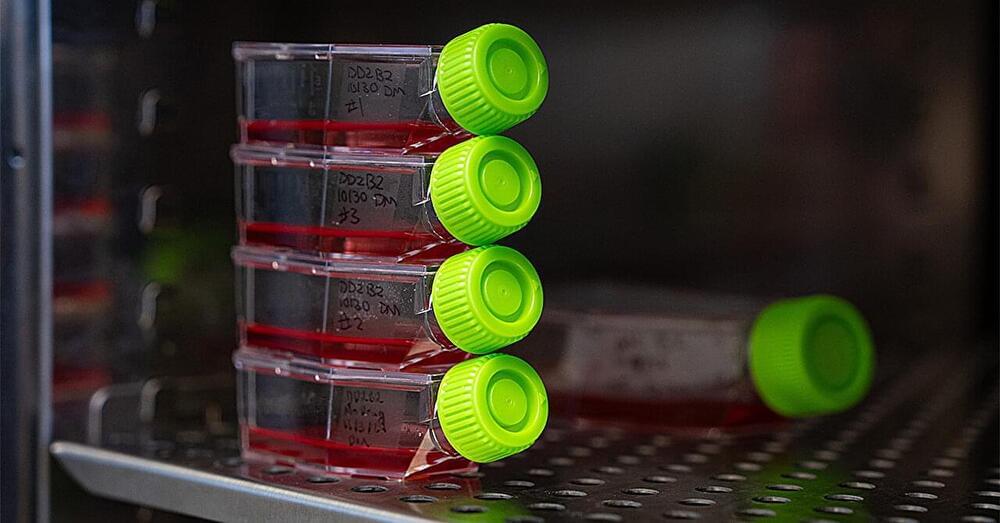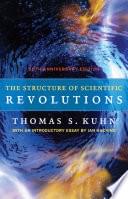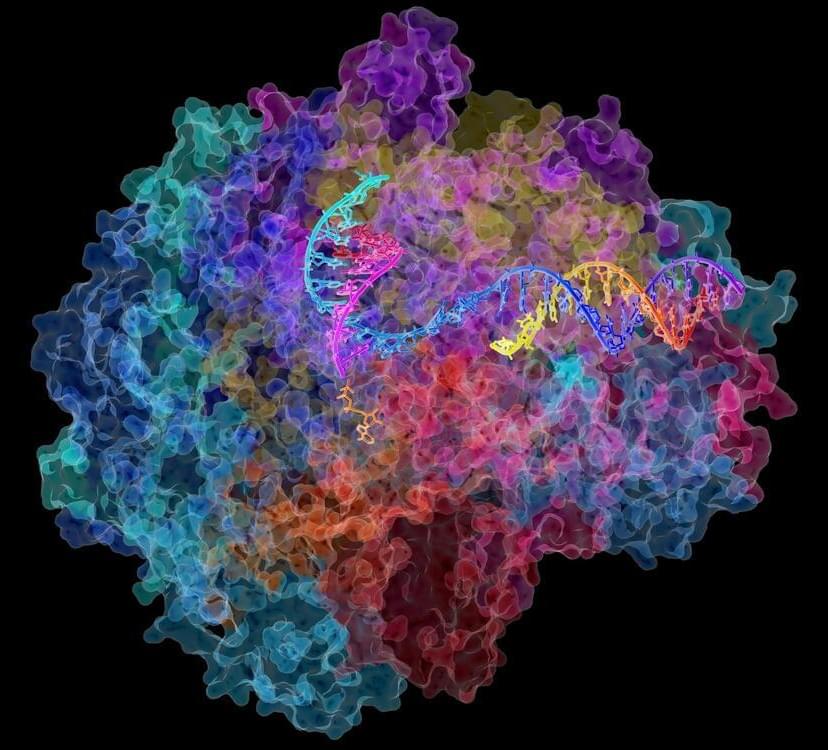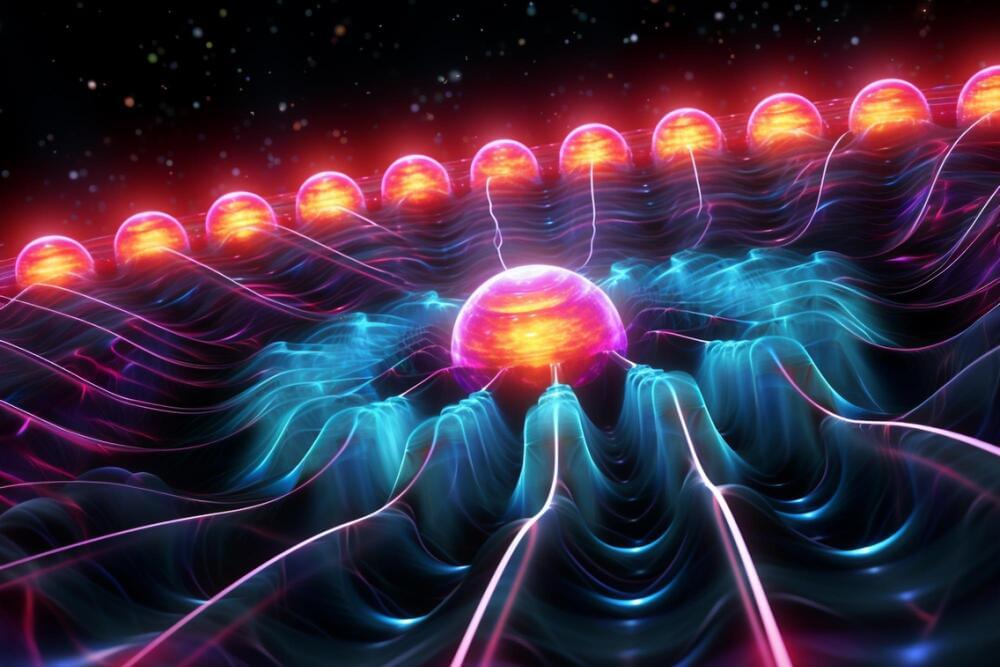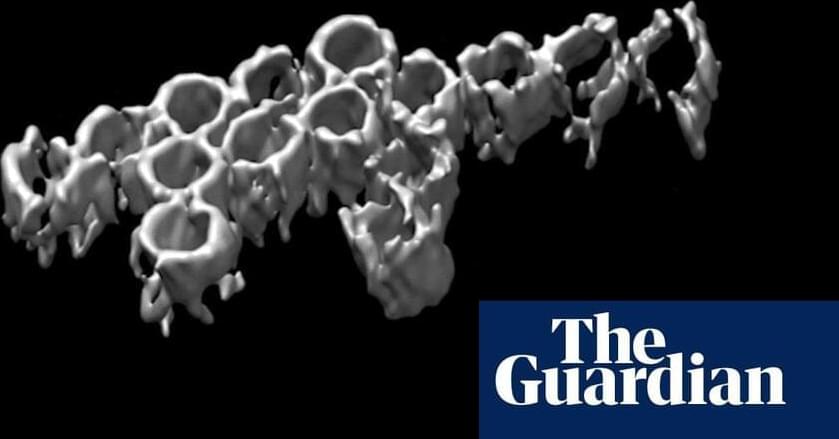Nov 28, 2024
Scientists Turn a Quantum Computer Into a Time Crystal That Never Stops
Posted by Jose Ruben Rodriguez Fuentes in categories: computing, quantum physics
Researchers have managed to coax a quantum computer to pulse with a rhythm unlike any before—a rhythm that defies conventional physics. For the first time, scientists have transformed a quantum processor into a robust time crystal, a bizarre state of matter that ticks endlessly without external energy.
This achievement, the work of physicists from China and the United States, could mark a turning point for quantum computing. By stabilizing the delicate systems that underpin this cutting-edge technology, the experiment hints at a path toward practical quantum computers capable of solving problems far beyond the reach of traditional machines.
Unlike conventional phases, such as solids or liquids, time crystals exist in a state of perpetual motion. Let me explain.

